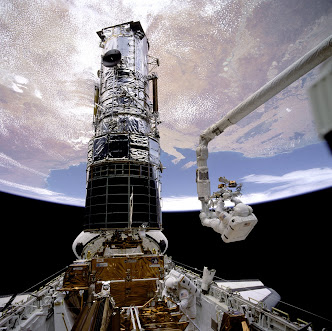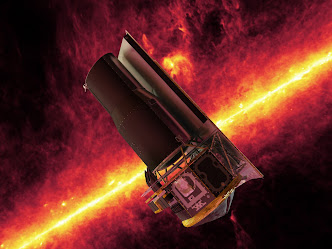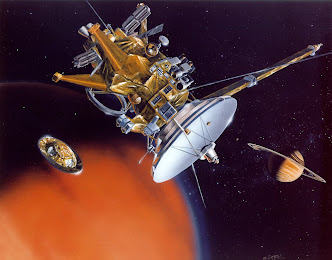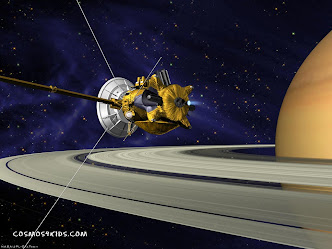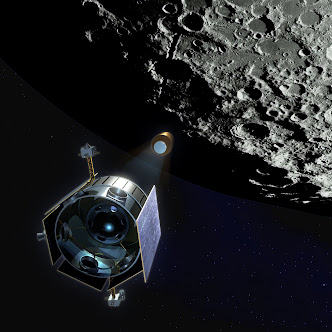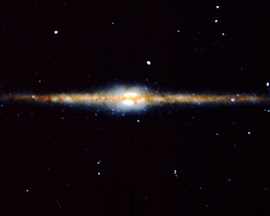The View Near a Black Hole

The Cygnus X-1 binary star system contains one of the best candidates for a black hole
Gravitational collapse begins when a star has depleted its steady sources of nuclear energy and can no longer produce the expansive force, a result of normal gas pressure, that supports the star against the compressive force of its own gravitation. As the star shrinks in size (and increases in density), it may assume one of several forms depending upon its mass. A less massive star may become a white dwarf, while a more massive one would become a supernova. If the mass is less than three times that of the sun, it will then form a neutron star. However, if the final mass of the remaining stellar core is more than three solar masses, as shown by the American physicists J. Robert Oppenheimer and Hartland S. Snyder in 1939, nothing remains to prevent the star from collapsing without limit to an indefinitely small size and infinitely large density, a point called the “singularity.”
At the point of singularity the effects of Einstein's general theory of relativity become paramount. According to this theory, space becomes curved in the vicinity of matter; the greater the concentration of matter, the greater the curvature. When the star (or supernova remnant) shrinks below a certain size determined by its mass, the extreme curvature of space seals off contact with the outside world. The place beyond which no radiation can escape is called the event horizon, and its radius is called the Schwarzschild radius after the German astronomer Karl Schwarzschild, who in 1916 postulated the existence of collapsed celestial objects that emit no radiation. For a star with a mass equal to that of the sun, this limit is a radius of only 1.86 mi (3.0 km). Even light cannot escape a black hole, but is turned back by the enormous pull of gravitation.

The Cygnus X-1 binary star system contains one of the best candidates for a black hole
Gravitational collapse begins when a star has depleted its steady sources of nuclear energy and can no longer produce the expansive force, a result of normal gas pressure, that supports the star against the compressive force of its own gravitation. As the star shrinks in size (and increases in density), it may assume one of several forms depending upon its mass. A less massive star may become a white dwarf, while a more massive one would become a supernova. If the mass is less than three times that of the sun, it will then form a neutron star. However, if the final mass of the remaining stellar core is more than three solar masses, as shown by the American physicists J. Robert Oppenheimer and Hartland S. Snyder in 1939, nothing remains to prevent the star from collapsing without limit to an indefinitely small size and infinitely large density, a point called the “singularity.”
At the point of singularity the effects of Einstein's general theory of relativity become paramount. According to this theory, space becomes curved in the vicinity of matter; the greater the concentration of matter, the greater the curvature. When the star (or supernova remnant) shrinks below a certain size determined by its mass, the extreme curvature of space seals off contact with the outside world. The place beyond which no radiation can escape is called the event horizon, and its radius is called the Schwarzschild radius after the German astronomer Karl Schwarzschild, who in 1916 postulated the existence of collapsed celestial objects that emit no radiation. For a star with a mass equal to that of the sun, this limit is a radius of only 1.86 mi (3.0 km). Even light cannot escape a black hole, but is turned back by the enormous pull of gravitation.




